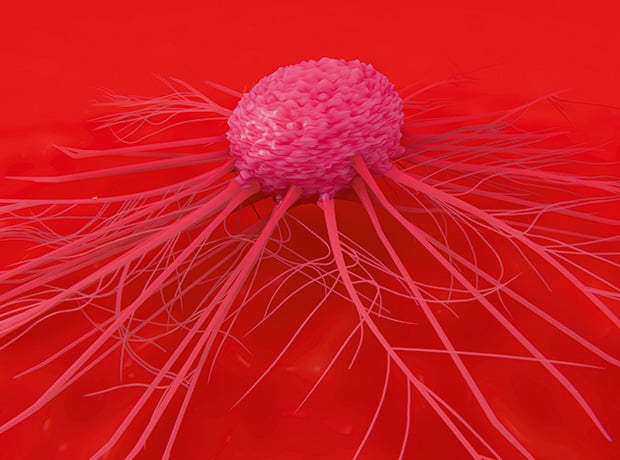Scientists have developed a new genetic test that they believe could help diagnose oesophageal cancer up to eight years before symptoms appear in people at a high risk of the disease.
University of Cambridge researchers looked at tissue samples from people with Barrett’s oesophagus – a serious complication of gastroesophageal reflux disease that can develop into cancer in around 5 percent of people.
They retrospectively identified predictive genetic markers in 94 percent of those who later developed early signs of oesophageal cancer, and were able to detect these markers in samples taken many years before symptoms first showed.
As there are no tests able to accurately predict the small proportion of of people with Barrett’s oesophagus who go on to develop cancer, patients have to undergo endoscopic screening every few years.
The availability of a new test could mean that those with high-risk genetic patterns are closely monitored for early signs that cancer will develop and thus improve the chance of attaining the best possible treatment outcomes, while reducing the number of endoscopies needed for those considered low-risk.
“The next step is to test this approach in clinical trials to see if our approach helps diagnose oesophageal cancer sooner when treatment is more likely to be successful,” said Professor Rebecca Fitzgerald, lead researcher based at the University of Cambridge MRC Cancer Unit.
“Studies like this not only mean we may be able to identify the disease earlier, but may also reveal more about the disease itself,” added Professor Matt Seymour, the NCRI’s clinical research director. “It could be that, as well as helping predict who will develop the disease, these genetic markers could point the way to new treatments.”
The research, presented at the NCRI’s conference in Liverpool, was funded by the Medical Research Council, and received infrastructure support from the Cambridge Human Research Tissue Bank and the Experimental Cancer Medicine Centre.










